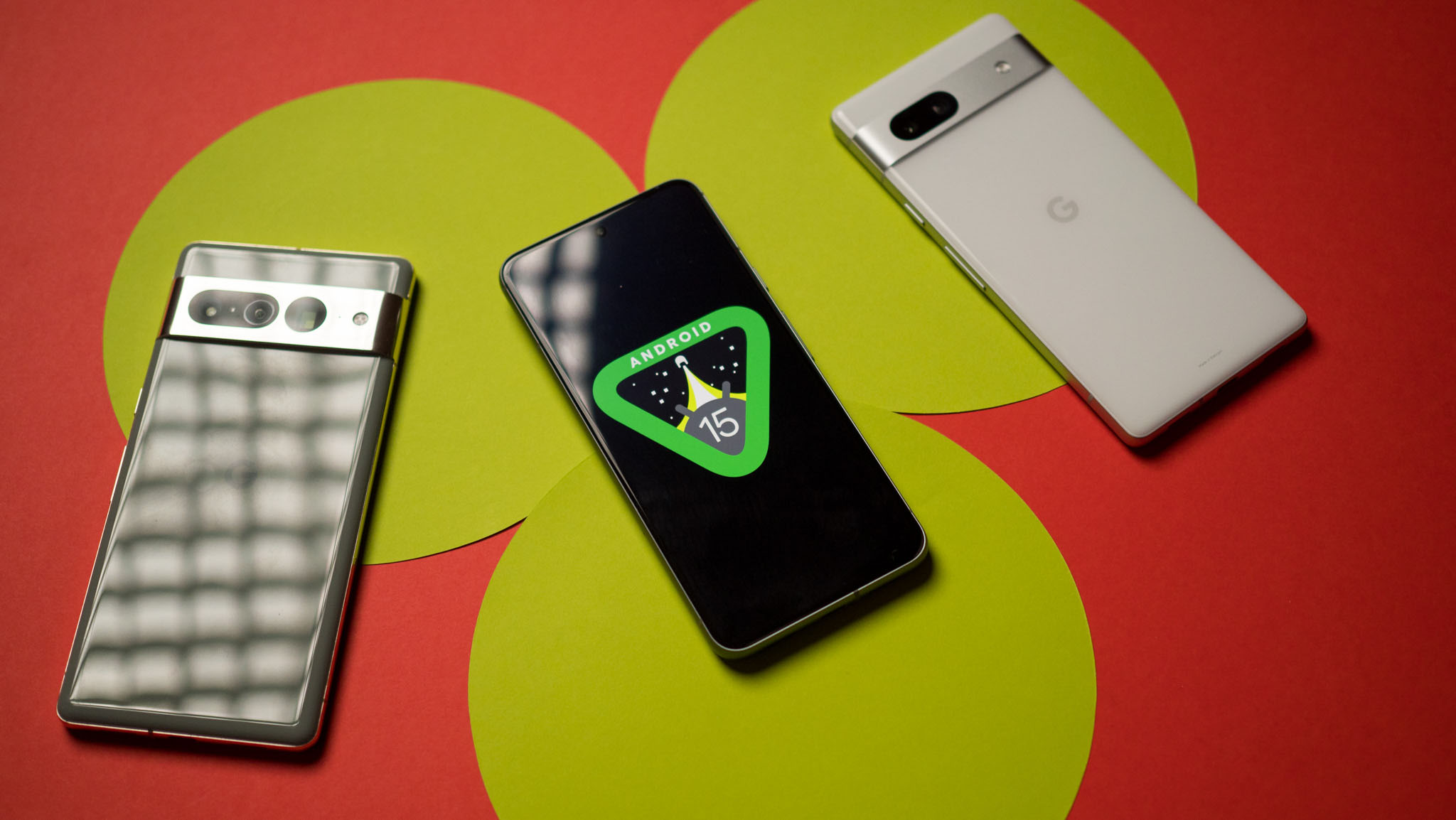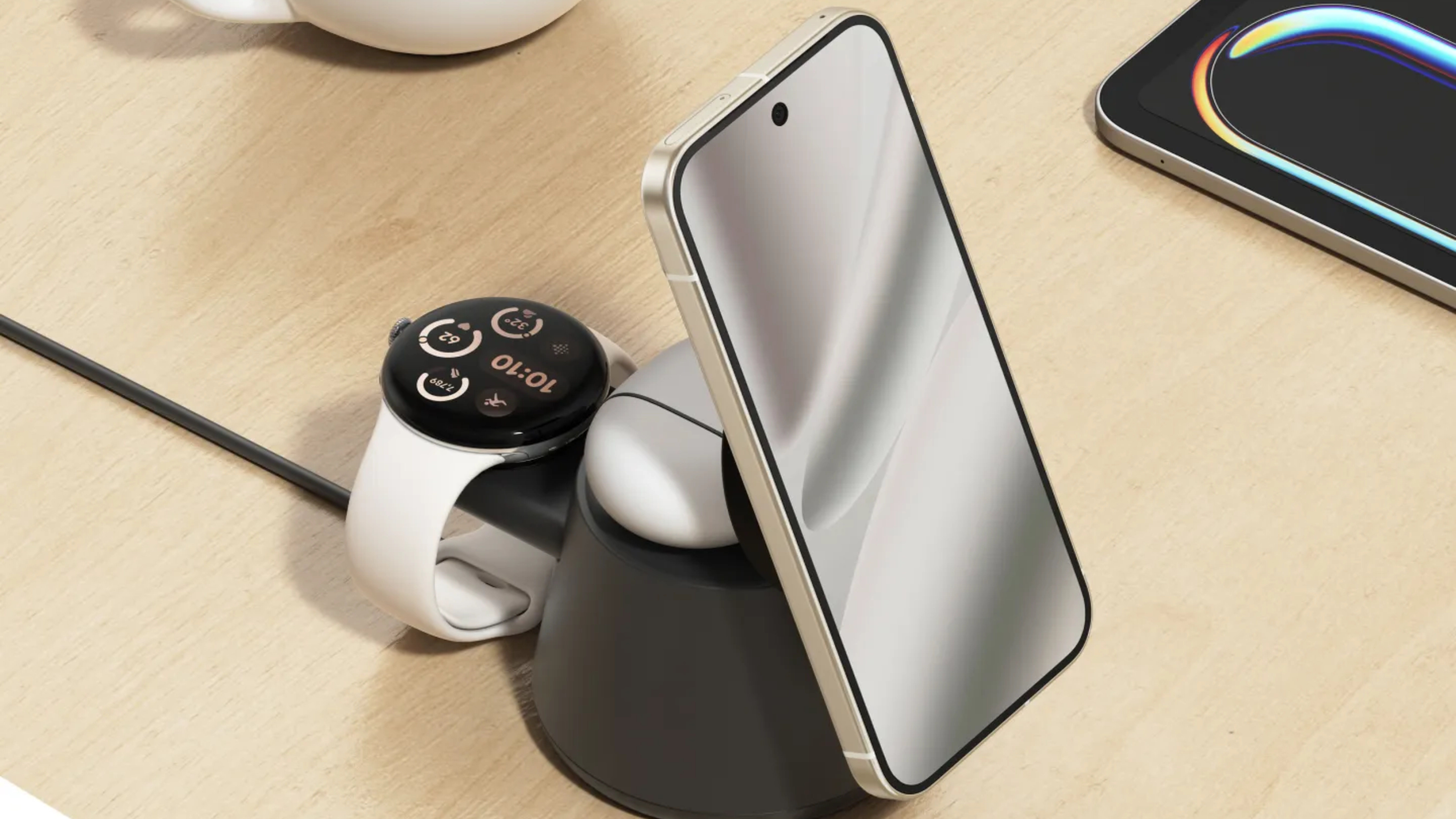Google explains the Pixel 8's seven years of software updates
And how the company will decide which older phones will get new features later on.

What you need to know
- Google promised to support the Pixel 8 series for seven years of full OS upgrades, which at the time was the most of any smartphone.
- However, it drew criticism for already limiting which features made its way to underpowered devices (although Google reversed course).
- Now, Google's vice president of devices and services shed light on the upgrade promise on the company's Made by Google podcast.
Google's decision to support the Pixel 8 series with seven years of full OS upgrades both drew praise and criticism. Some applauded Google for committing to the lengthy level of support that will hopefully keep Pixel phones running for longer. However, others were skeptical, wondering what a Pixel 8 or Pixel 8 Pro would even look like in 2030.
We finally have an answer, as Google's Vice President of Devices and Services, Seang Chau, spoke about the promise on the latest episode of the Made by Google podcast.
According to Chau, Google's shift to using custom Tensor processors in recent smartphones partially enabled it to offer better software support. It started with the initial increase from three to five years of support and now from five to seven.
"After we got a couple more years of Tensor under our belt, and we're really being able to figure out how to best do those updates," Chau said, "...we got a lot more comfortable saying we can go to that seven years and be able to deliver to our customers that extended time."
The choice to offer a seven-year promise was no accident, either. Google looked at how long the original Pixel remained in use and found that there were still a significant number of active users until roughly seven years after its initial release. This was the basis for Google's decision to go with seven years of support. "So if we think about, okay, we want to be able to support Pixel for as long as people are using the device, then seven years is about that right number," said Chau.

The chipset is one of the most complex factors in supporting older devices with new software, according to Chau. However, other reasons Google thinks it can deliver this long of a promise are its continuous lab testing and beta testing thanks to Android's new Quarterly Platform Releases (QPRs).
"Now that we have these beta programs year-round, we have much more confidence that we'll have a reliable update for users on a quarterly basis because we have a lot of beta testers," Chau said.
Get the latest news from Android Central, your trusted companion in the world of Android
Finally, Chau discussed how Google will determine which features are supported on legacy hardware. This has been a hot topic lately since the company originally withheld Gemini Nano from running on the Pixel 8 on-device. It later reversed course and plans to bring Gemini Nano to the Pixel 8 after further testing.
The uncertainty was related to the Pixel 8's limited amount of RAM, which is why Chau says Pixel feature additions over the years will be rooted in software. Ideally, new features later on won't require new hardware to work.
Google's public comments about the Pixel's new seven-year update promise give us some insight into the reasoning behind it. However, only time will tell what these Pixel phones will look like in 2030.

The King of Android
The Google Pixel 8 Pro not only comes with some of the coolest on-device AI features, but Google is promising to support the phone for seven years, meaning you'll likely continue to get new features and improvements until 2030.

Brady is a tech journalist for Android Central, with a focus on news, phones, tablets, audio, wearables, and software. He has spent the last three years reporting and commenting on all things related to consumer technology for various publications. Brady graduated from St. John's University with a bachelor's degree in journalism. His work has been published in XDA, Android Police, Tech Advisor, iMore, Screen Rant, and Android Headlines. When he isn't experimenting with the latest tech, you can find Brady running or watching Big East basketball.
You must confirm your public display name before commenting
Please logout and then login again, you will then be prompted to enter your display name.
